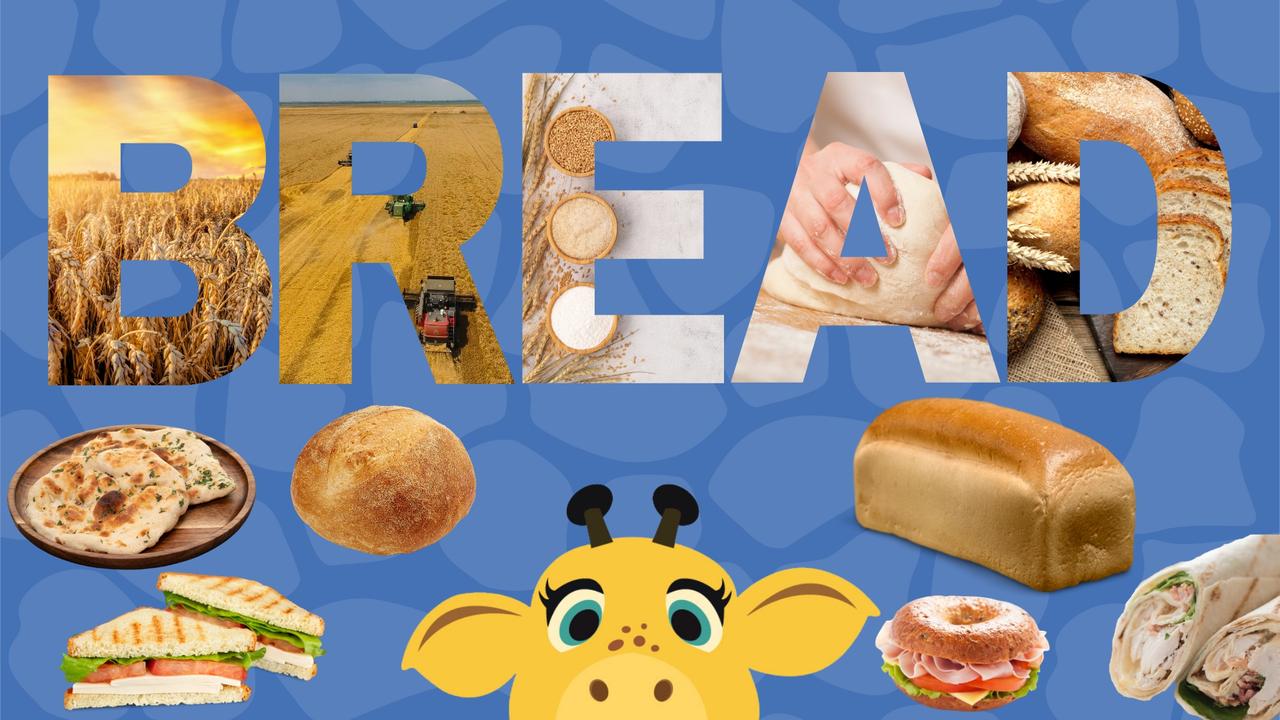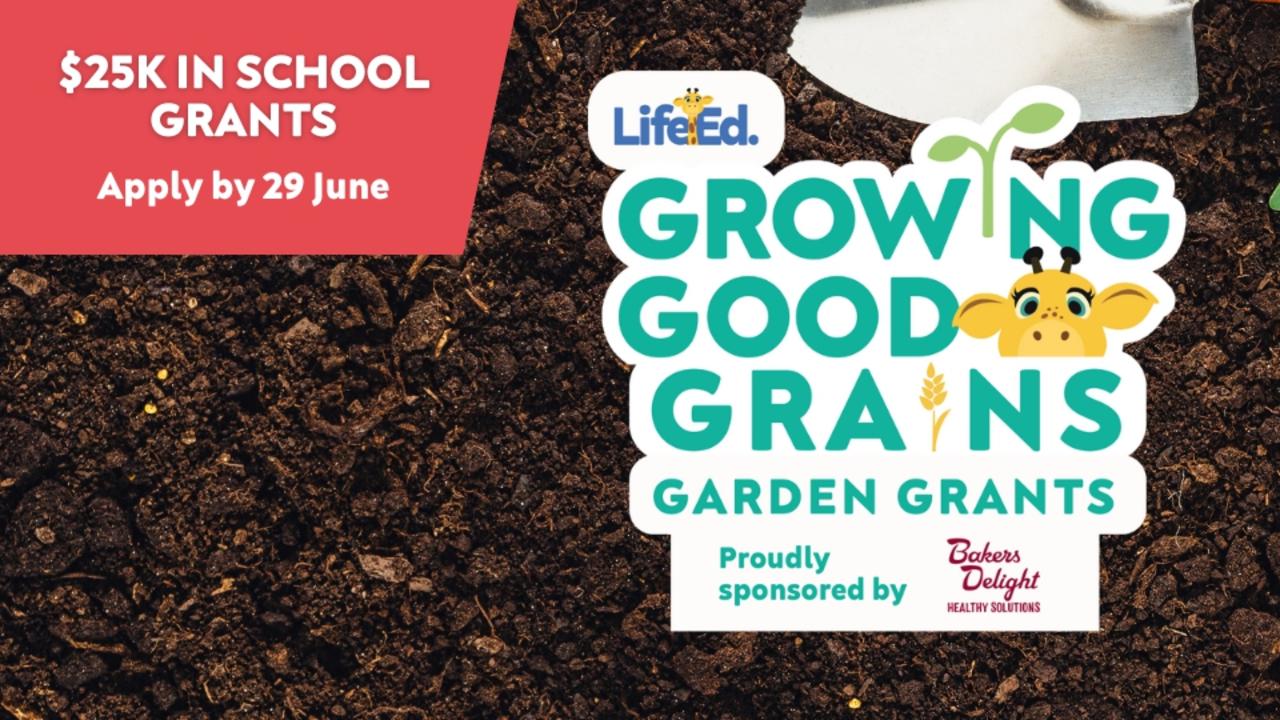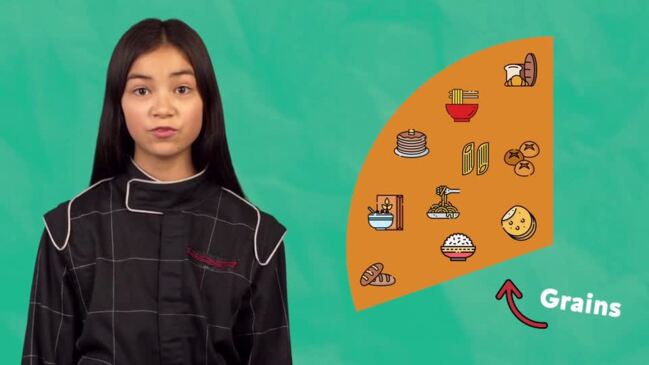Healthy Harold: the seeds of a healthy diet are baked in bread
Join Healthy Harold and kid scientist Gemma to learn where bread comes from, as applications open for Life Ed’s Growing Good Grains grants so Aussie primary schools can grow their own

READING LEVEL: GREEN
Have you ever bitten into a delicious sandwich and wondered where your bread comes from?
It starts with tiny wheat seeds. These seeds are planted by farmers in big fields. They need sunshine and water to grow big and strong. After a few months, the wheat plants turn golden yellow, ready for harvest.
Once harvested, it’s time to turn it into flour. The wheat grains are taken to a mill to be ground up into flour. This flour is packed with nutrients that are good for your body, like vitamins and minerals.
After, the flour is transported to bakeries where bakers use it to make fresh bread. It also needs other ingredients like water, yeast, and salt. Sometimes other ingredients like seeds and grains are added for additional health benefits or flavour. These ingredients are mixed together to make dough.
The dough is kneaded, which means it’s squished and stretched until it’s soft and smooth. Then it’s left to rise. This is because the yeast in the dough makes tiny bubbles of gas, which makes the dough puff up.
Once the dough has risen, it’s time to bake it in a hot oven. As it bakes, it fills the bakery with a delicious smell. The bread turns golden brown and crusty on the outside, while staying soft and fluffy on the inside.


Bread is a great source of energy because it’s packed with carbohydrates. Carbohydrates give your body the fuel it needs to run, play and learn throughout the day. Bread also contains fibre, which helps keep your tummy happy and your digestion healthy.
Did you know that bread of all different types, shapes, sizes and flavours is eaten all around the world? Bread can be flat, rectangular, long, round, thin, or even with a hole in the middle. Bread has been eaten by many different cultures as part of a healthy diet for thousands of years.
But not all bread is created equal! Whole grain bread is made from flour that includes the entire grain, which is even healthier, as it is packed full of fibre, vitamins and minerals! So next time you’re at the bakery, look for whole grain bread to make your sandwich.
Bread goes through an amazing journey from the wheat fields to your plate. And not only does it taste delicious, but it’s also good for you too! So, grab two slices of bread and fill it with some nutritious salad, cheese and protein or meat of your choice, bite into that sandwich and enjoy every delightful moment!
WATCH THE VIDEO

GROWING GOOD GRAINS GRANTS
Together with Bakers Delight’s Healthy Solutions range, Life Ed is encouraging children to get gardening and to ask more questions about where their food comes from.
Because fresh thinking can sprout healthy habits – in and beyond the classroom.
By telling us about your efforts in your application, you will have the opportunity to win one of 25 Growing Good Grains Grants – valued at $1,000 – for your primary school, preschool or early learning centre.
Applications are NOW OPEN and close at 12am AEST on 29 June 2024
Apply at lifeed.org.au/gardengrants
DOWNLOAD SOME FUN ACTIVITIES

